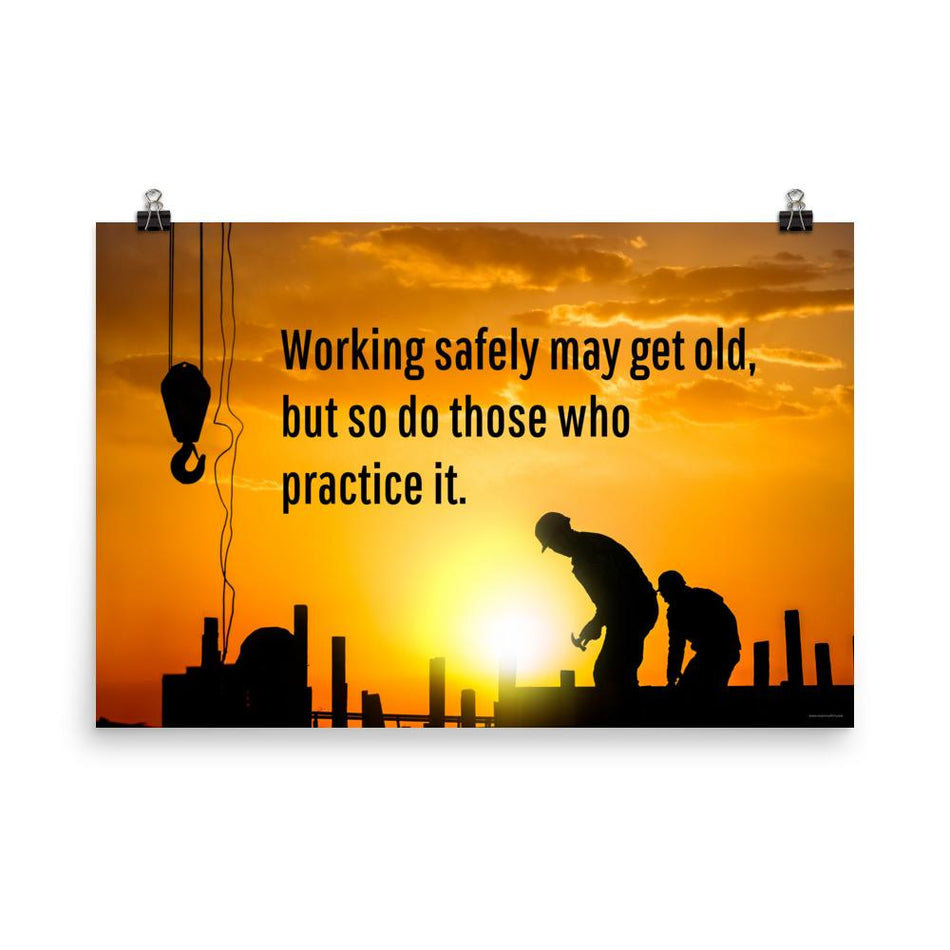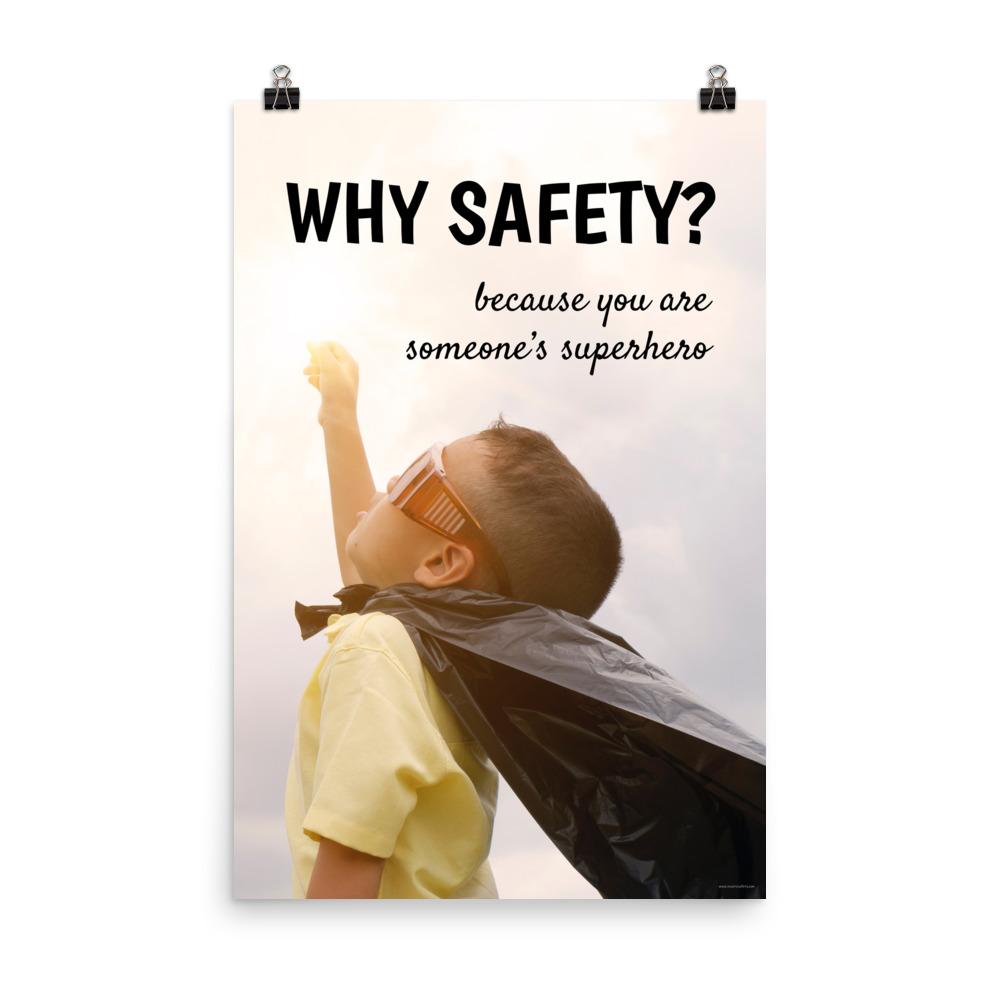Safety meetings can sometimes feel overwhelming, especially as a new business owner just looking to keep your workers safe without all the fluff of additional information burdening your employee’s minds. While there’s no better time to promote new ideas and reinforce safe work habits than in a safety meeting, making sure these meetings are actually effective is where a lot of owners, managers, and employees have trouble. Let’s dive into some effective steps you should take to ensure your workplace safety meetings are a success!
Step #1- Preparation
The responsibility of leading a safety meeting can fall on various individuals, such as the business owner, safety director, site supervisor, HR manager, or another designated authority. It's crucial that the leader is well-prepared, as a lack of preparation can result in attendees not taking the safety messages seriously.
Effective communication is key to ensuring everyone knows about the meeting. Use the most effective channels for your team, whether that's emails, calendar invites, text messages, or even a notice on the bulletin board. Send reminders the day before, and have shift supervisors or foremen remind their teams about the upcoming mandatory safety meeting.
Be clear about the purpose of your safety meeting from the start. Mention the objective in your meeting invitation and reiterate it at the beginning of the meeting. For instance, you might say, "In this meeting, we'll learn how to properly complete a ladder inspection checklist and understand the criteria for these inspections."
Tip: Aim to keep the meeting under 20 minutes. Lengthier meetings can lead to a decrease in attention and engagement. When preparing, focus on delivering your points succinctly and emphasize the essential information that your team needs to retain.
Step #2- Timing
Consider the perspective of your employees. Would you be fully attentive in a safety meeting after a long workday, and would you remember that information the next day? Tailor the timing, duration, and location of your safety meetings to suit the work environment, employee shift schedules, and locations, ensuring maximum engagement. Holding safety meetings at the beginning of each shift or workday is an effective strategy to prepare crews mentally for the day ahead.
Tip: Establishing a routine helps set clear expectations. A consistent schedule for safety meetings generally yields good results. Since Monday and Friday are common days for taking personal leave, opt for mid-week meetings. For example, consider scheduling them every Wednesday morning, on the first Thursday of each month, or biweekly on Tuesdays.
Step #3- Delivery
Ensure the topic of your safety meeting is relevant and engaging. Instead of delivering information in a lecture format, encourage discussion among your team. Avoid merely reading from a script; instead, use visuals like photos, charts, videos, or even hands-on demonstrations to make your points clearer. Engaging multiple senses helps reinforce the meeting's message and makes the experience more memorable. (Check out weeklysafety.com’s 10 free sample topics for inspiration!) Create a welcoming atmosphere by starting the meeting with casual conversations, which can help set a relaxed tone.
Allocate time during or at the end of the meeting for questions and discussions. It's beneficial to allow experienced employees to share their insights and stories, especially if they can address specific queries.
Tip: Respect everyone’s time by starting and ending the meeting as scheduled—or even finishing early. Remember, your attendees have other responsibilities, and showing that you value their time fosters goodwill and enhances engagement.
Step #4- Follow-up
Encourage feedback at the conclusion of each safety meeting, or shortly thereafter. Be receptive to ideas for enhancement and actively request suggestions for future topics from your team. When team members contribute ideas that matter to them, their engagement in subsequent meetings is likely to increase.
Tip: To reinforce the content discussed, consider implementing a follow-up strategy after the meeting. This could involve an email summarizing the main points, a safety reminder on the bulletin board, or a message from upper management emphasizing the importance of safety.
Safety meetings are important, valuable and productive if you just follow a few key steps to communicate, engage and deliver a message that is relevant to the employees. Safety meetings don't have to overwhelming, complicated, or stressful. Implementing these simple steps can drastically improve the quality of your meetings and help your employees retain useful information, keeping everyone safer at the end of the day.











